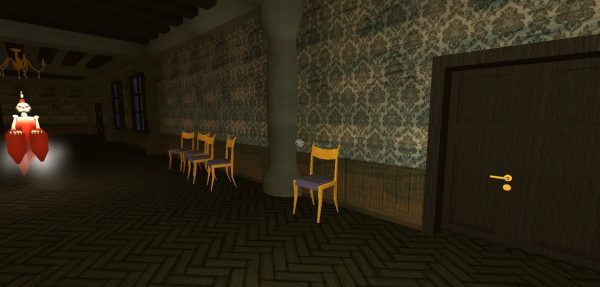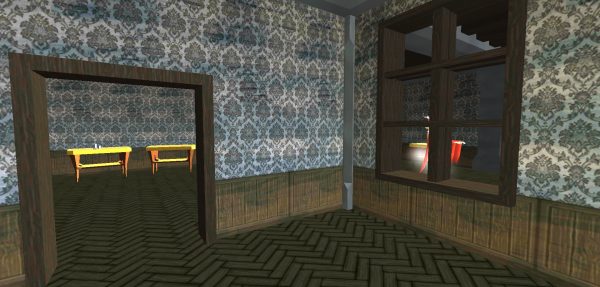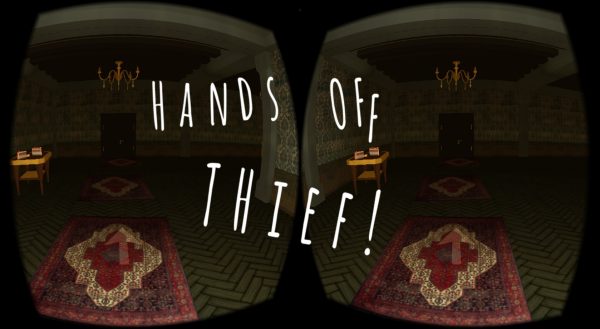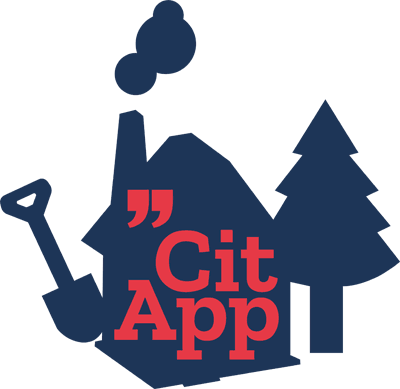
Wait, what? You heard right. With our latest project we had the wonderful challenge to fuse education with entertainment.
So, what is CitApp about? Quoting texts and thoughts by others correctly is a necessity that aspiring lawyers will have to do quite often on their road of writing and analyzing. Especially the younger semesters devote a third of the evaluation of papers exclusively to errors in formalities. The rules of correct quotation are not hard to understand – but it’s something you might just muddle through somehow along the way, accepting point deductions or a failed exam even. *
Not anymore! Together with and for the team from the department of business law at the Martin-Luther University Halle we created a fun learning app that educates students in short lessons, workouts and a rewarding city builder all-in-one.
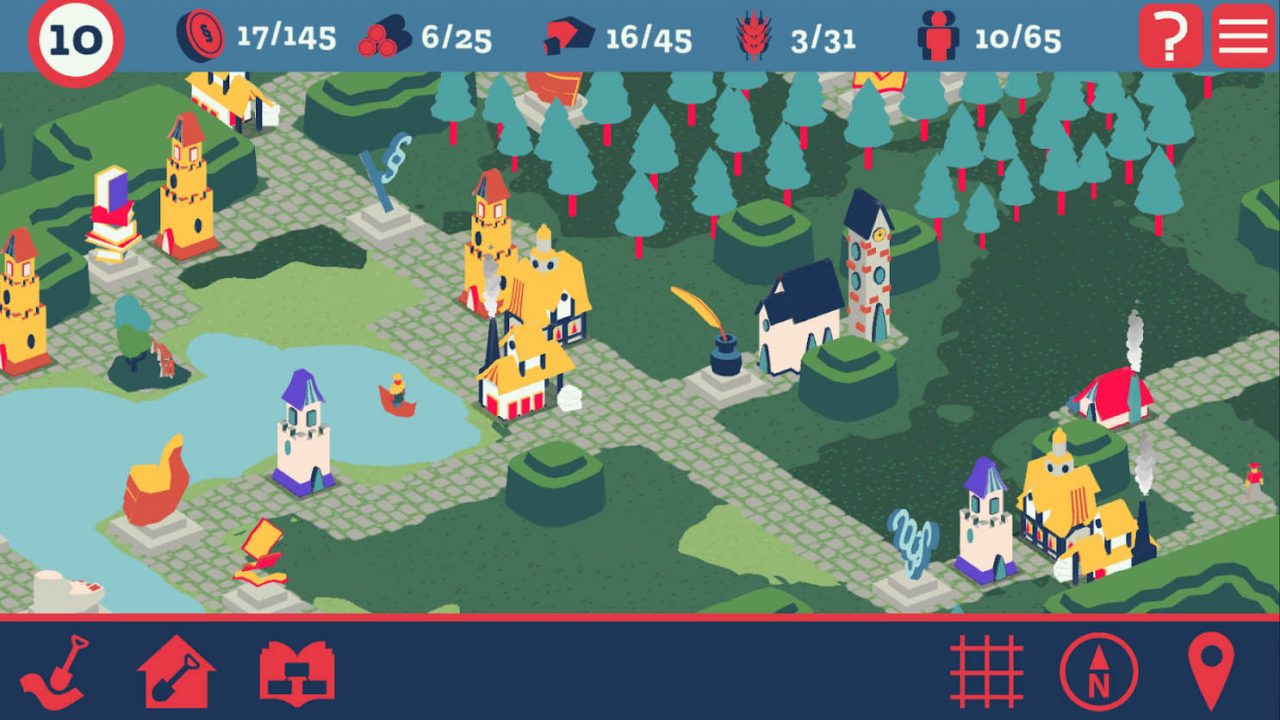
Citation as a city builder?
Before we came aboard, the project team – consisting of Marcus Bergmann, Ottmar Rentsch, Moritz Schwarz, Annabell Pfaff and Dieter Pfaff – conducted a well-prepared survey with about 230 of their students. In an exhausting amount of questions the team asked about learning and gaming habits including playtime, mobile games played, favorite scenarios and general player type.
From there the team picked scenarios that would meet the requirement to motivate the students with an app that fit their habits: a game played in short segments, allowing a certain creativity and having a cozy scenario with city building elements.
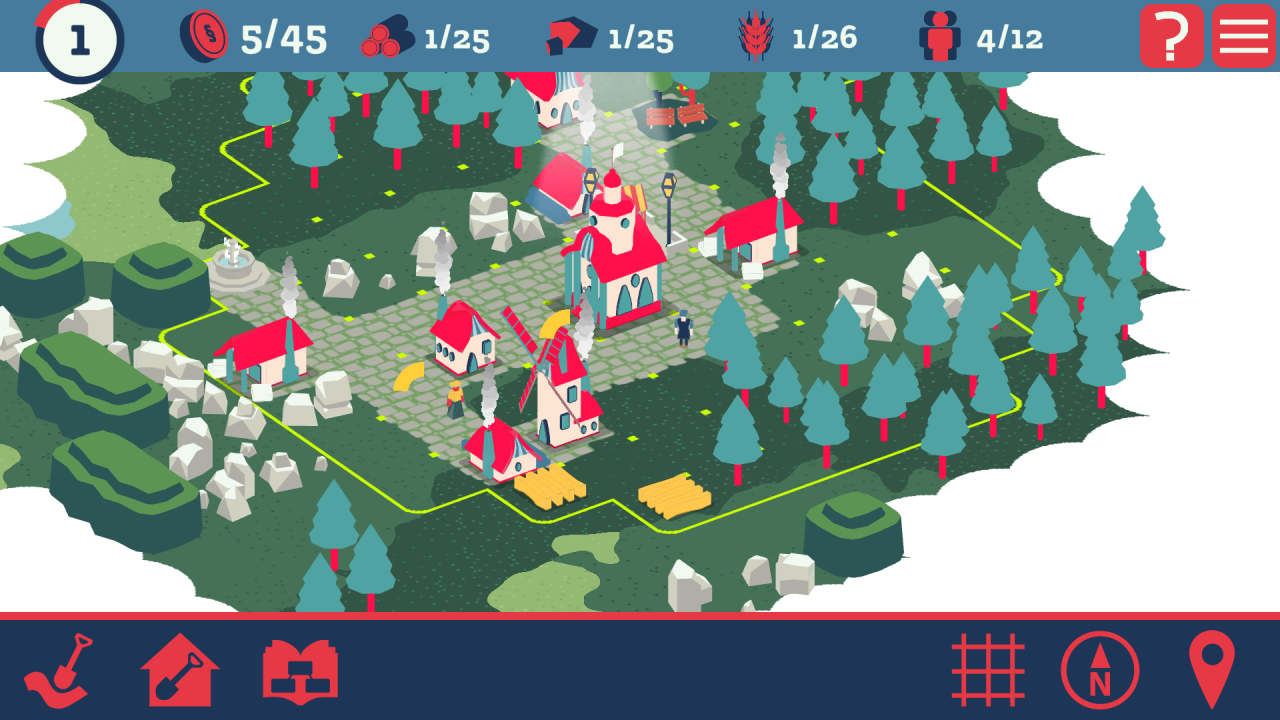
Armed with this foundation and exercises for learning to quote text properly, the team looked for a game studio through an open bidding, which we as RAT KING took part in. Long story short, with our concept (based on the ideas by the project team) we won.
We did several educational games before, which are all playful and almost always have a range of player freedom while addressing complex topics like biodiversity, deforestation, climate change, people of the Bronze Age, or fake news. CitApp was therefore fascinating for us, as the two parts of the concept (quotation exercises and city building) don’t mix naturally at first glance.
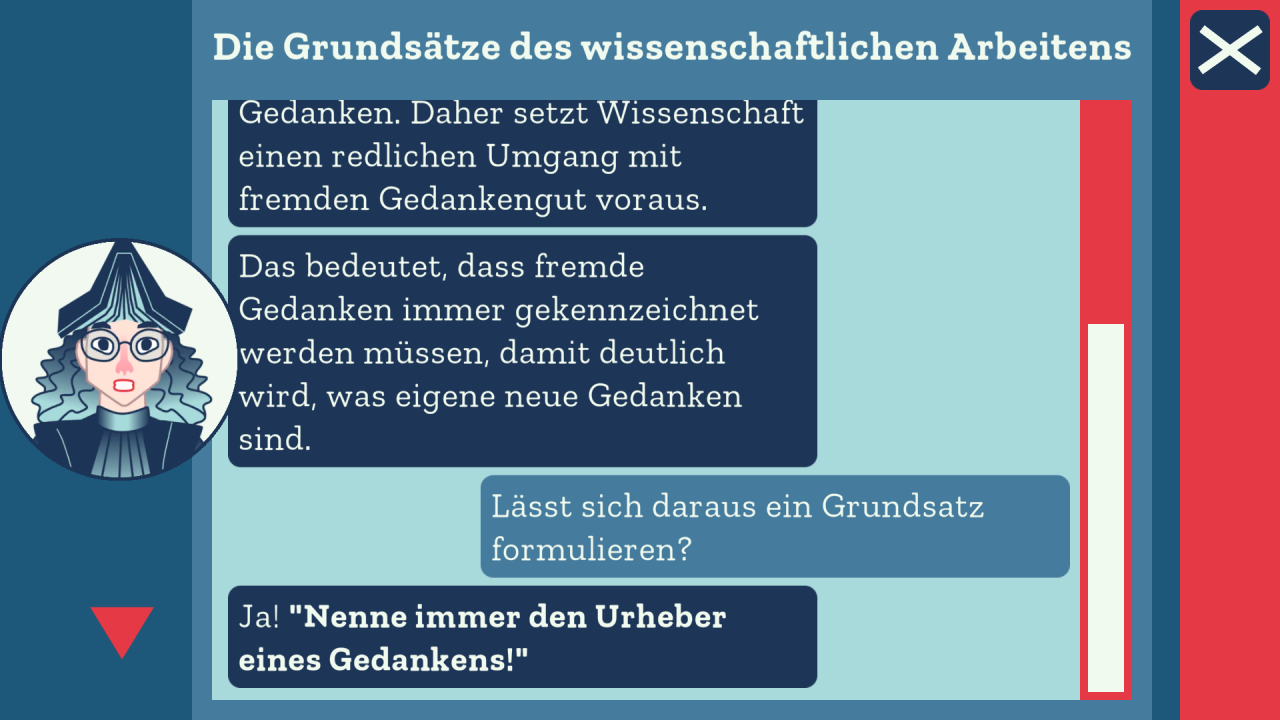
A world dedicated to books
Honoring other authors’ thoughts and writings is the basis of the app, and an intention we completely embrace. The love for books and text – something we experienced especially through the mandatory book wall in Marcus’ office and his own book on the matter – we wanted to make visible through all of the game’s design. CitApp became a world dedicated to books. But the style of CitApp is only one of the elements to bring both worlds together.
In our game, the reward system for citation exercises and tutorials goes hand in hand with building your town. To collect money for your buildings you need to successfully master the exercises. To unlock new building types and rewards you need to prepare tutorials. The rewards let you expand your city and upgrade buildings.
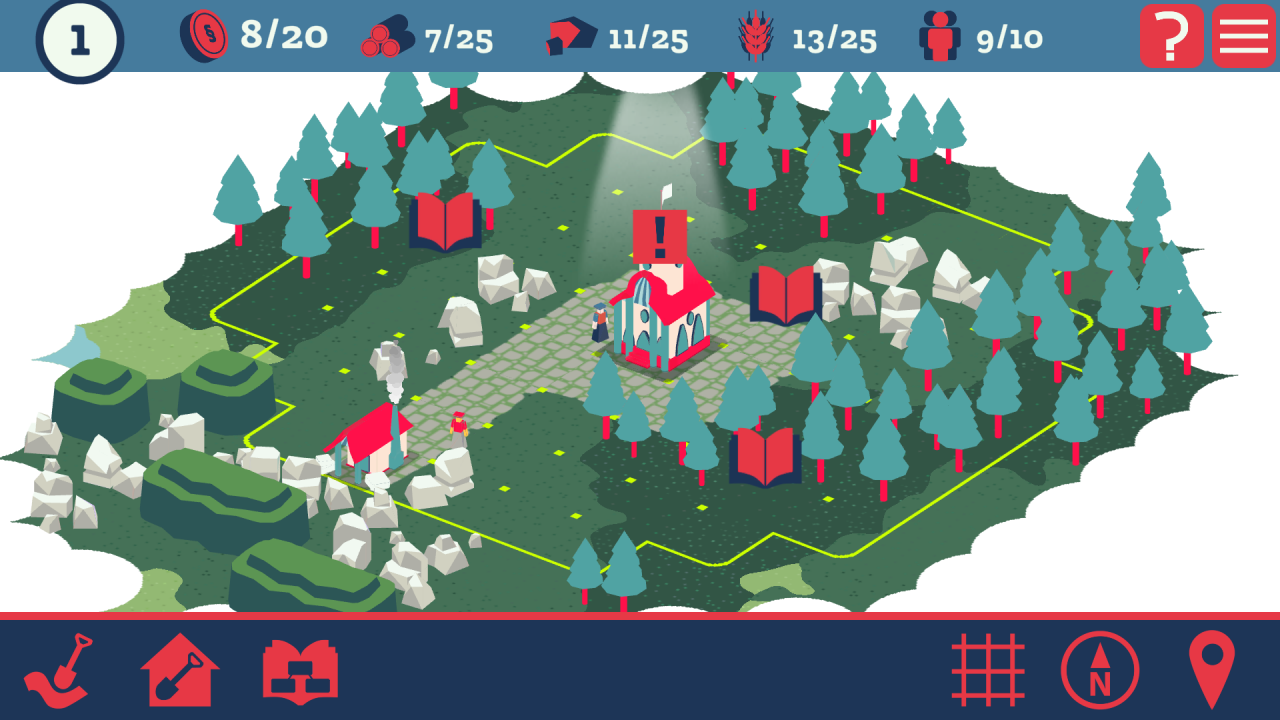
The library is the central building and the place where the knowledge is based, where the tutorials are stored – a building that also has to be guarded against Plagiarists. Those little critters spice up the game even more: over time, Plagiarists and Bookworms will try to invade your city and need to be stopped by purchasing and strategically placing protection towers.
CitApp is the home of the Citlings (the citizens of your little empire) creating a welcoming atmosphere, where students can come back once in a while to a place of learning, next to challenges, fun and creativity.
How the footnote came into the app
While everything in game development is an interesting and often exciting journey, implementing the actual logic for the quotation exercises was especially tricky. Of course, some of them were easy to do – a simple quiz that tests your knowledge and memory is nothing new. But after this, the harder tasks are dynamically generated out of database entries, filled with dozens of details that can be part of a footnote. Author(s), noble title(s) of the author(s), editor(s), title, subtitle, source of information, place(s),... also included are informations that are superfluous, to give players an extra challenge in the higher levels. Not to forget the length of German juridical books like “Antrag zum zweiten Gesetz zum Schutz der Bevölkerung bei einer epidemischen Lage von nationaler Tragweite”. (There are longer ones.)
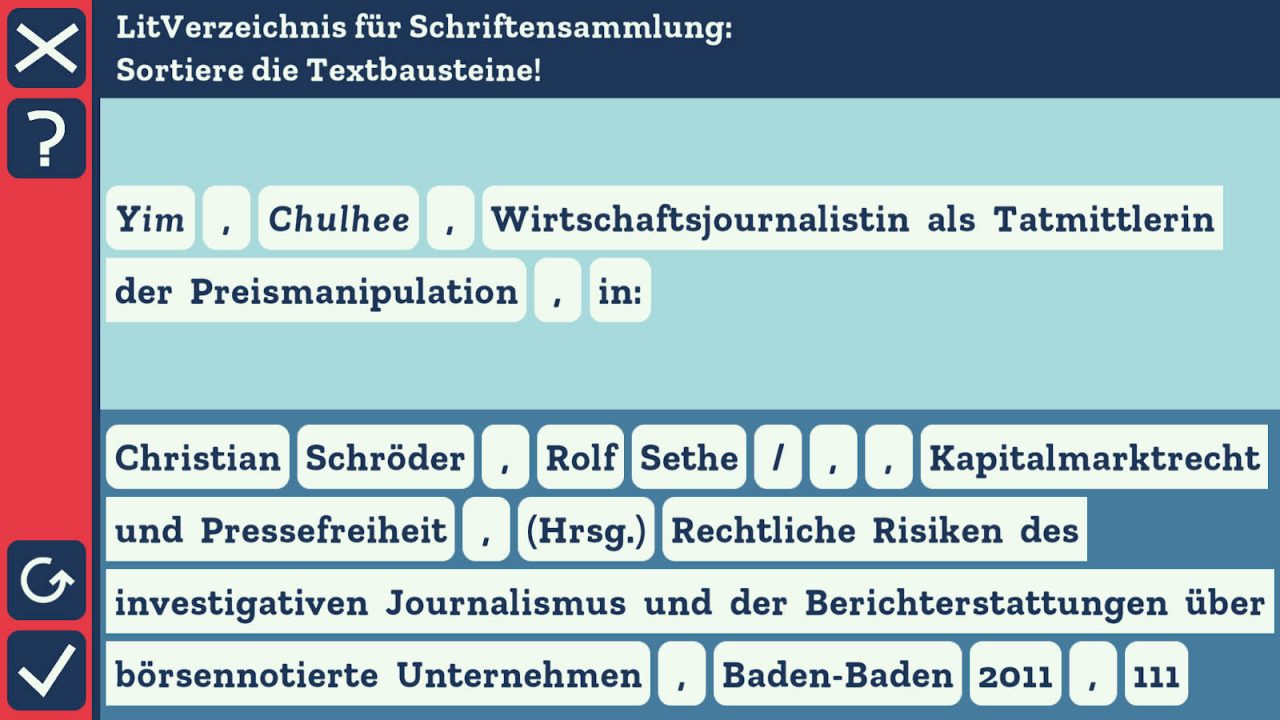
In any case we cannot just take the data out of the database and be done with it - it has to be processed and put in formulas (which had to be built from the ground up); and of course, several edge cases were identified during the development, which usually receive a special treatment in the code.
From the straight-forward exercise of sorting the elements of a footnote into the correct order, to the very complex “find the error in an incorrect footnote”, where elements can both be missing or just wrong, designing and programming the learning exercises was highly demanding, and more so fulfilling when everything came together in the end. And this isn’t to say that the city-building part was any less interesting!
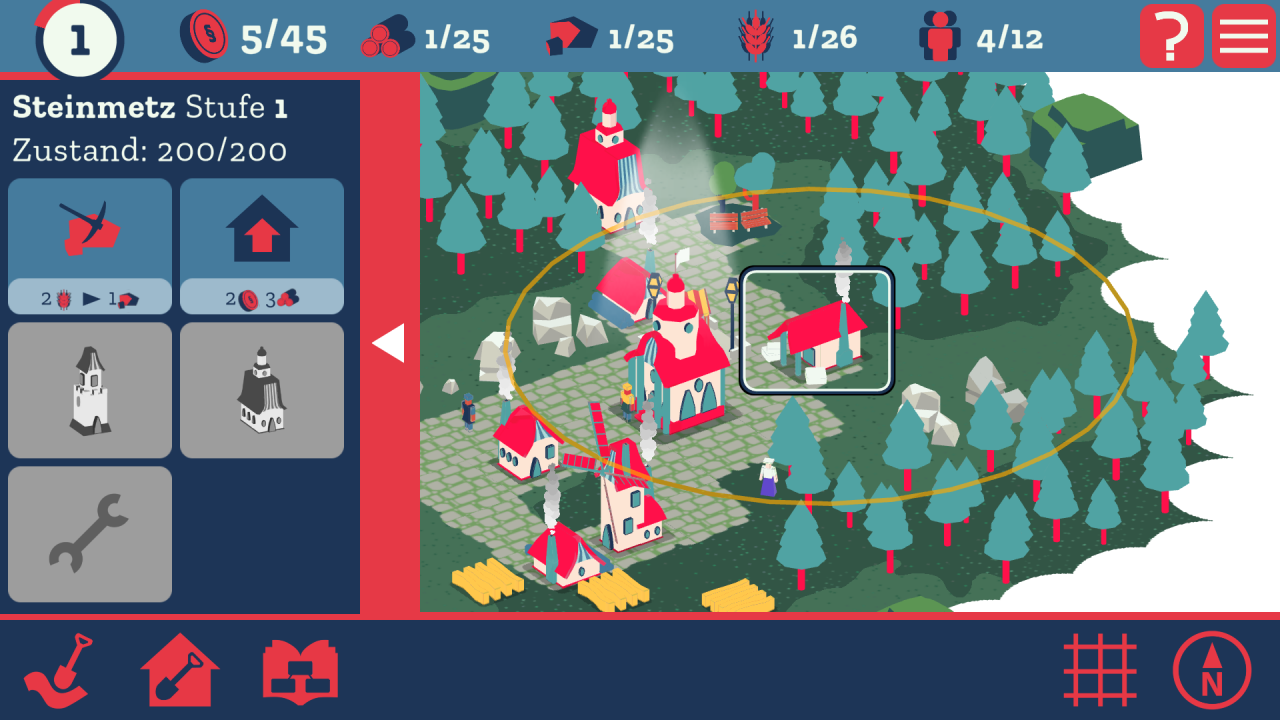
Working together
Creating so-called serious or educational games is never easy. A lot of them either fail to be entertaining or be actually educational. It is always challenging to find the right tone and gameplay to meet the target audience and their gaming habits to let the learning sink in naturally through gaming.
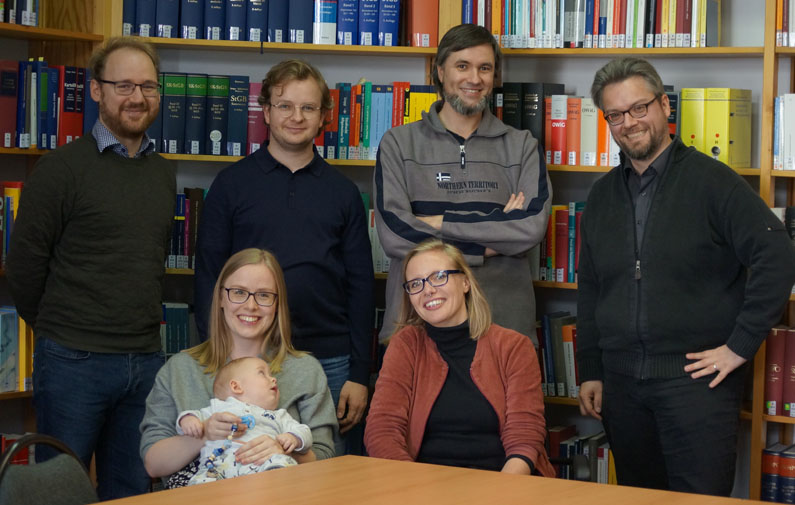
Friedrich Hanisch, Marcus Bergmann;
In the front from left: Annabell Pfaff, Jana Reinhardt
What we appreciated most about this project was how close we worked together with the university team and our testers to make sure the game does exactly that. Just to be clear: there are different learning types, games are not for everyone. Even the nicest and best-prepared tutorial found players who would rather read a book on the matter. But for those who need a little extra motivation it hopefully will become an app to fight plagiarism and procrastination.
* Ottmar Rensch, “Im Kampf gegen Plagiatoren und Bücherwürmer: Spiel-App lehrt Zitieren”, https://pressemitteilungen.pr.uni-halle.de/index.php?modus=pmanzeige&pm_id=5158
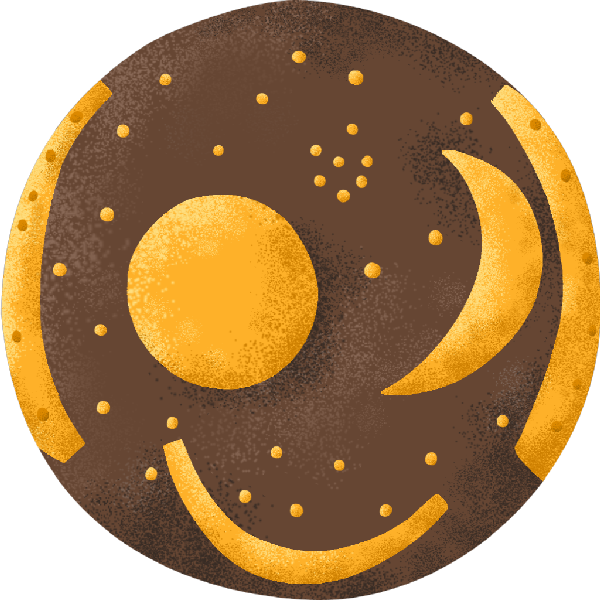
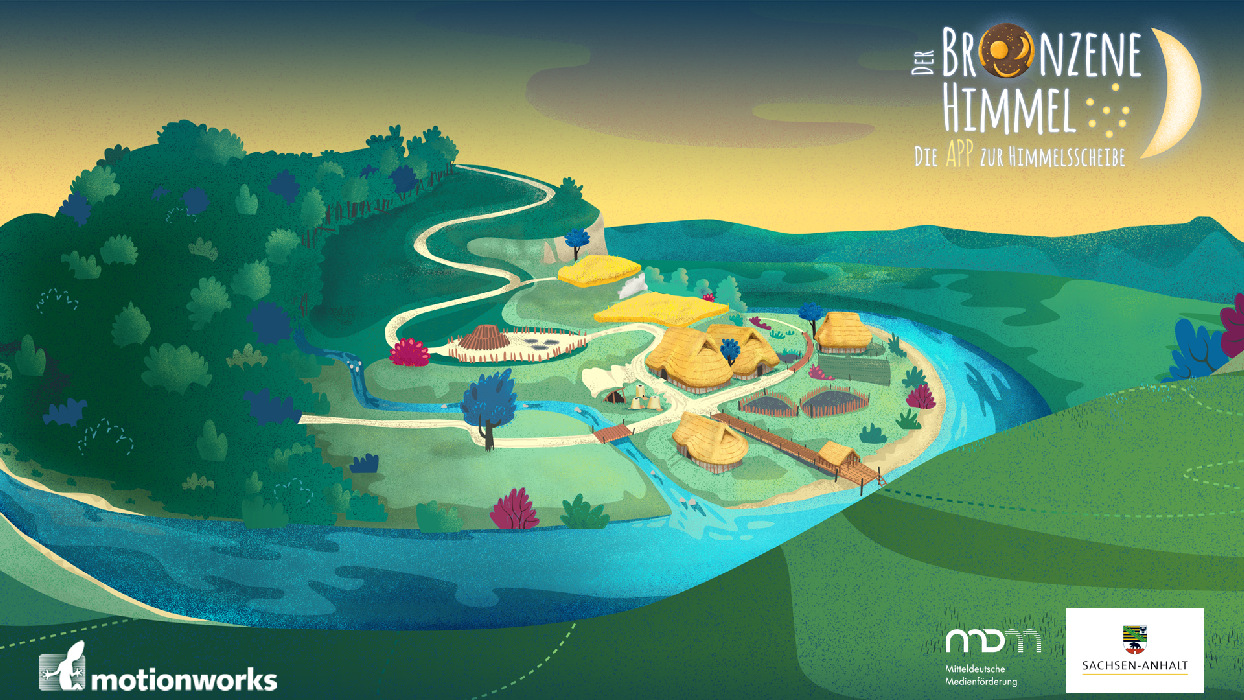
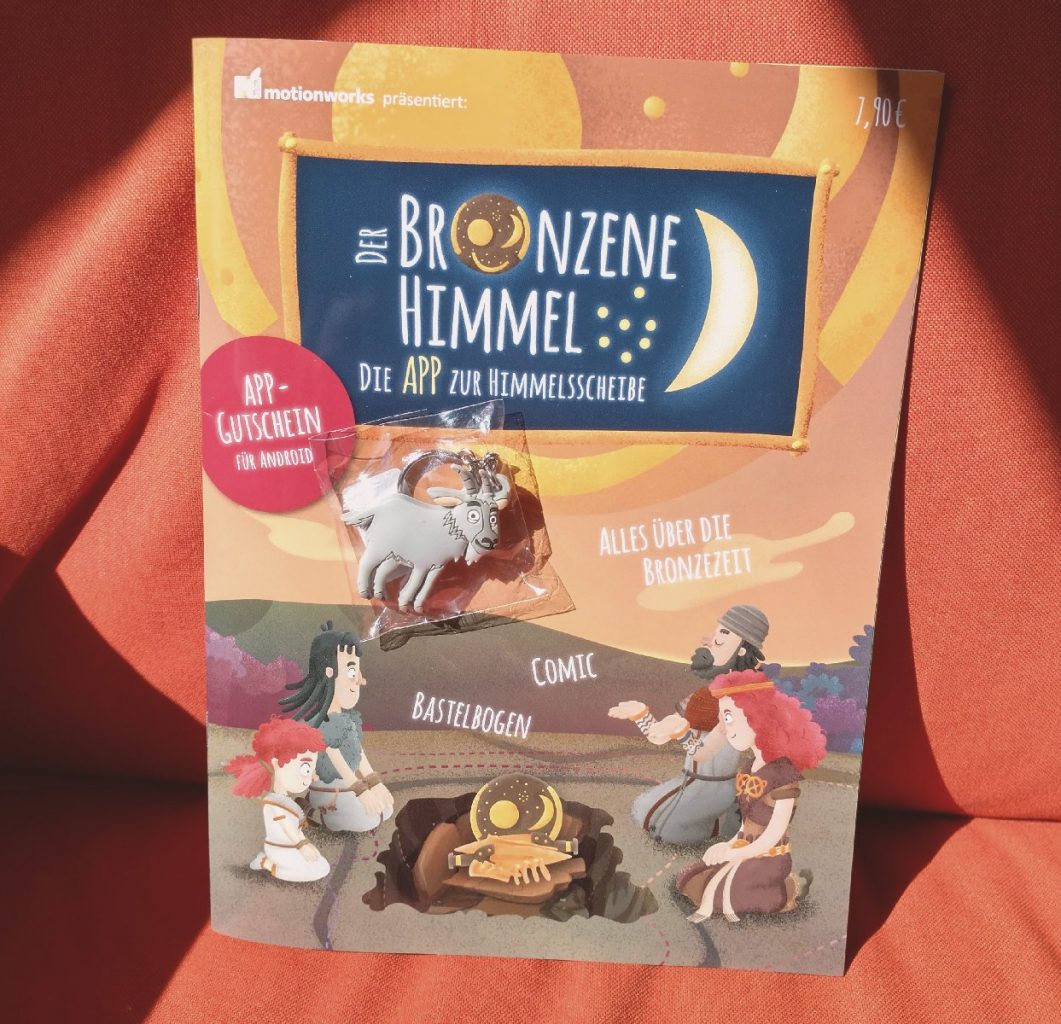
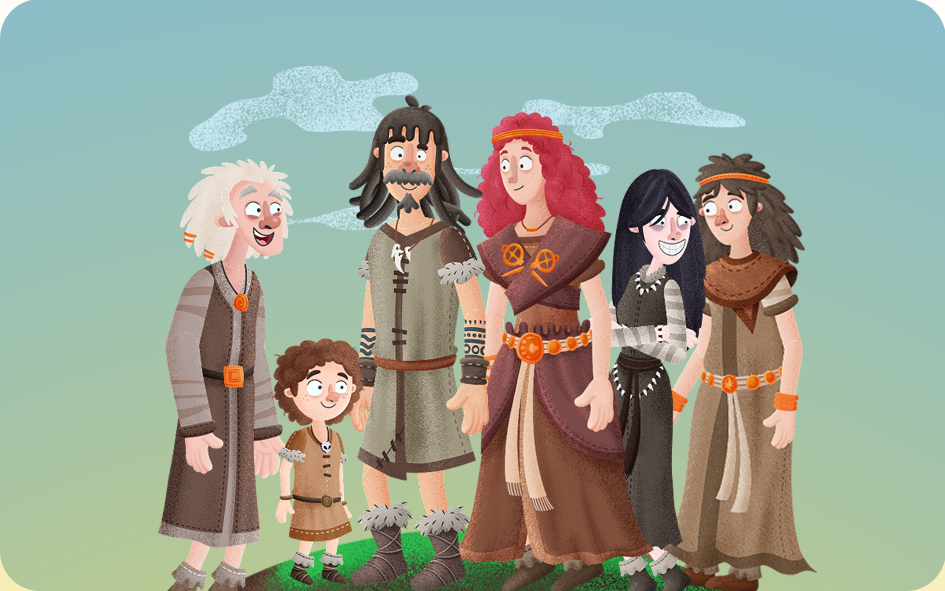
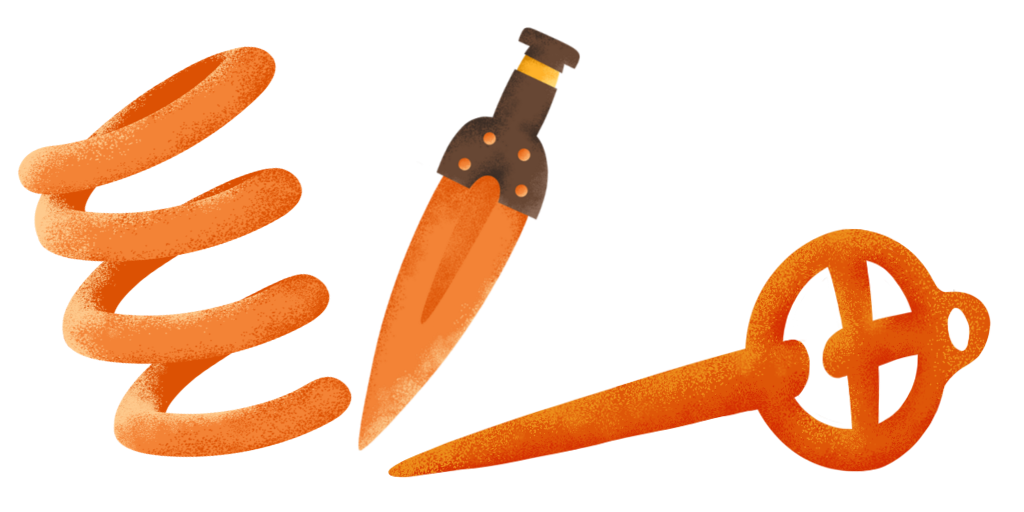
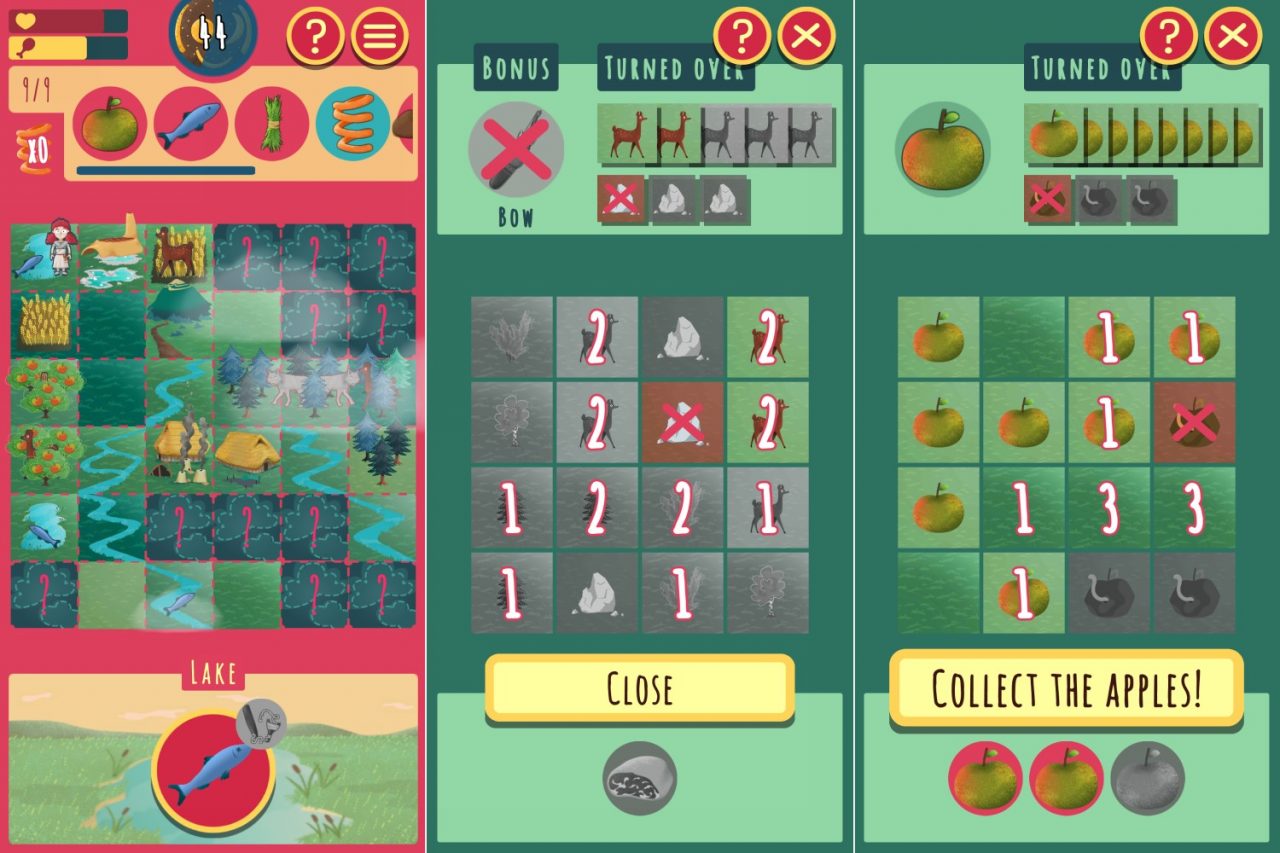
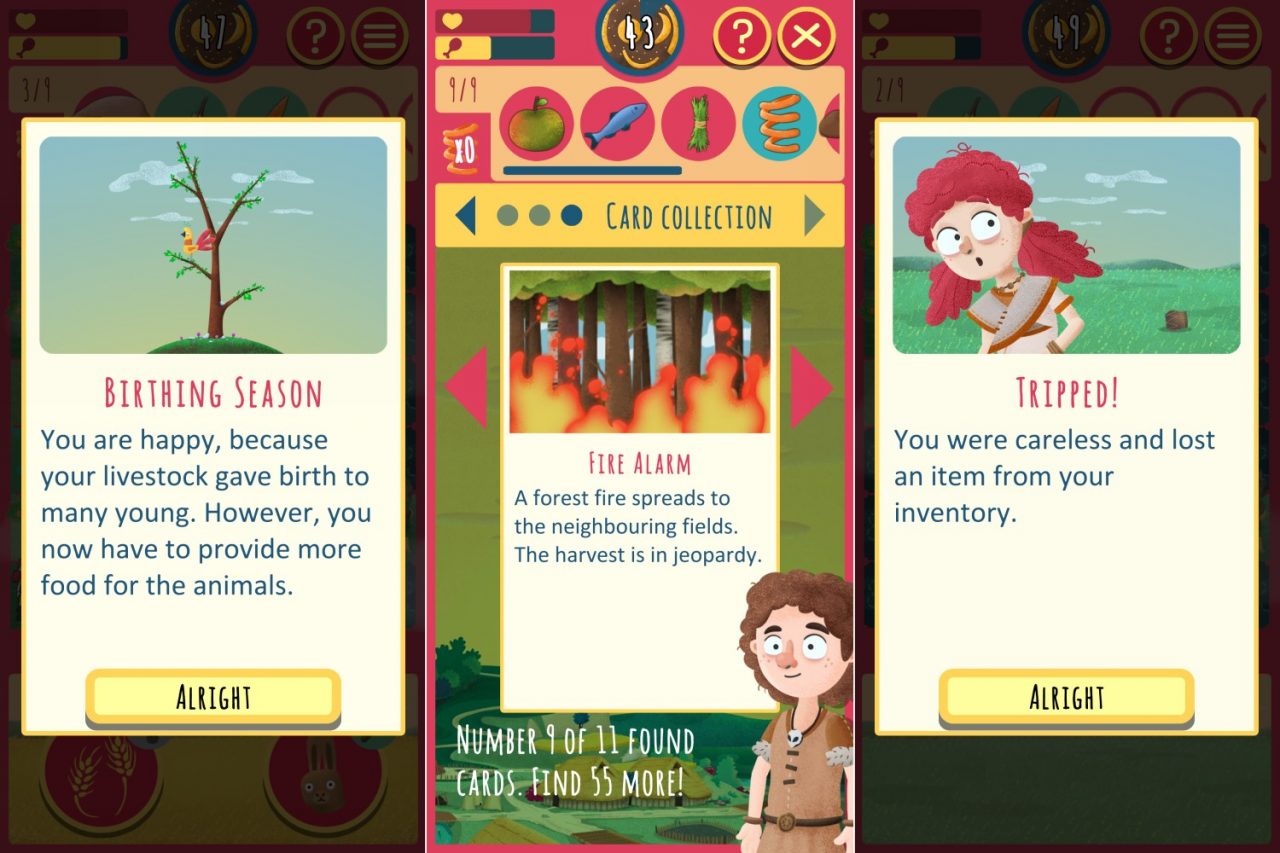
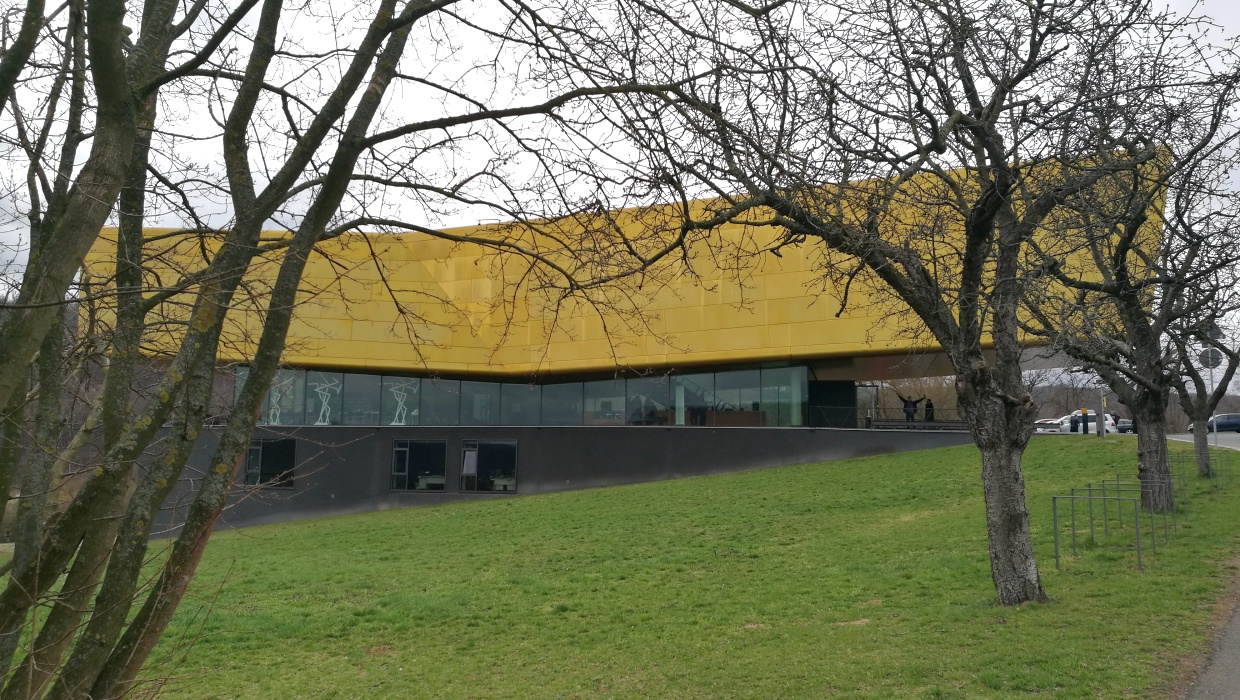
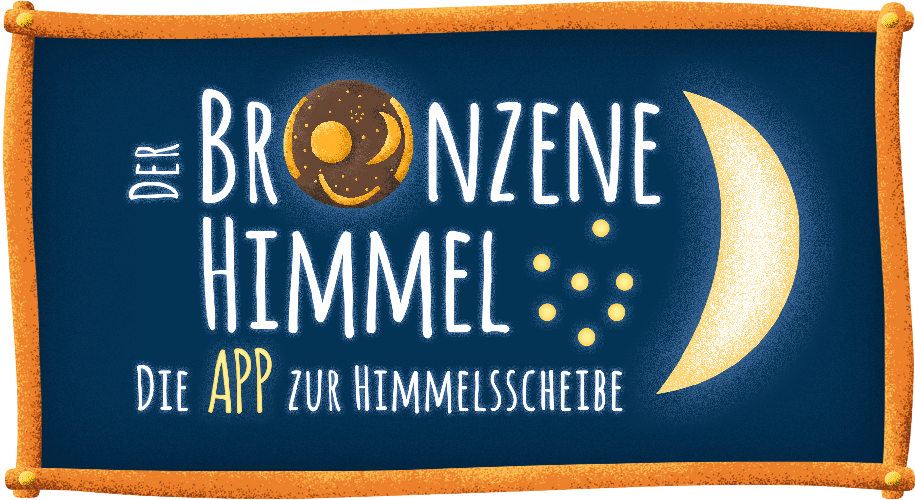
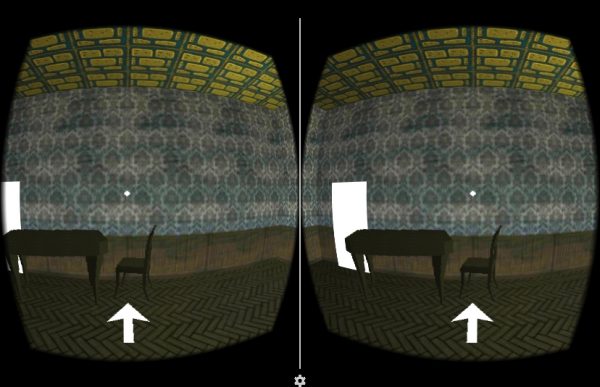 One of the first WIP screenshots
One of the first WIP screenshots